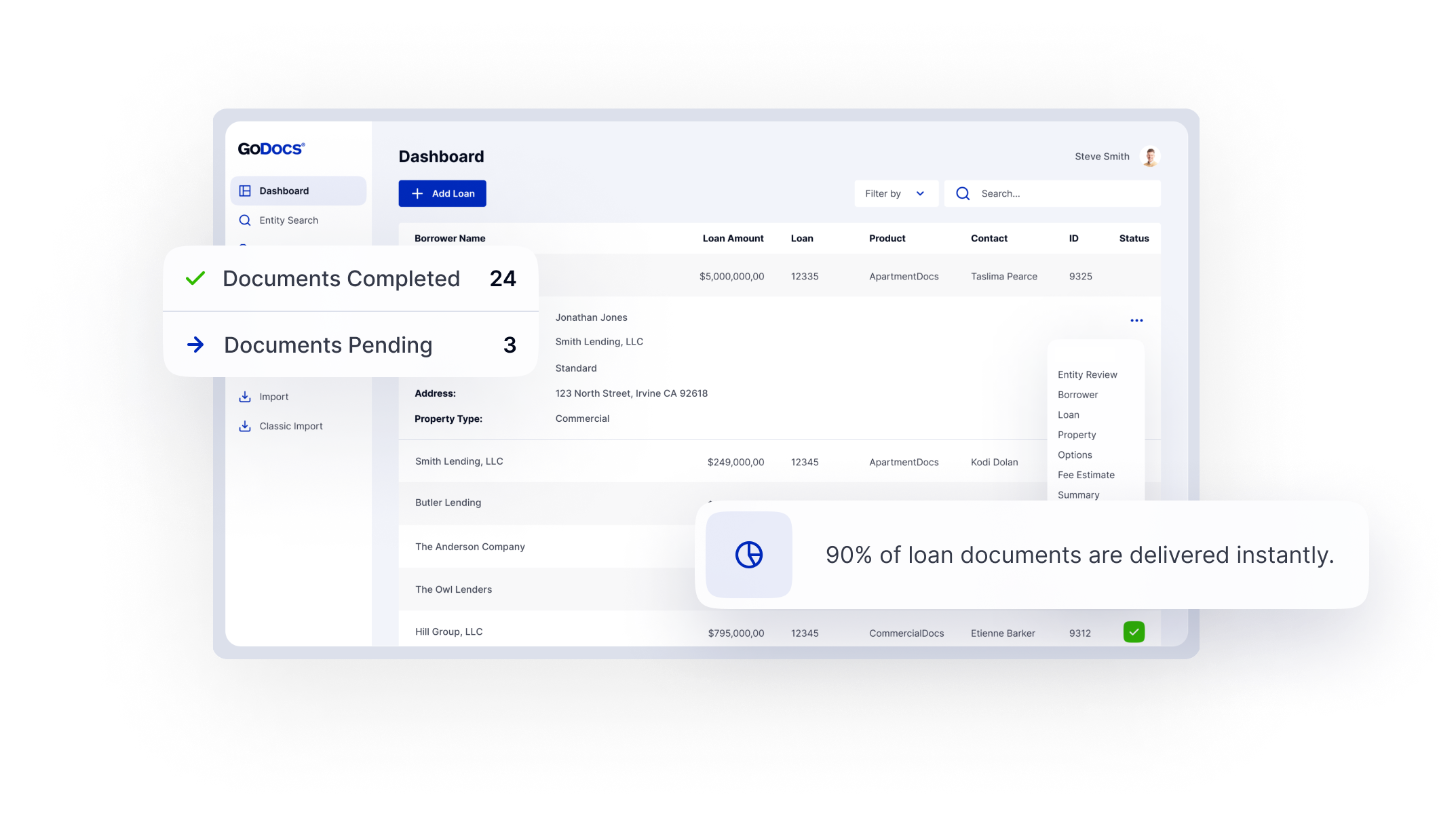Owners of commercial properties have plenty to worry about. They must protect their properties from vandalism and other forms of blight, search for viable long-term tenants, hope for lease price stabilization, and more. On top of these concerns, a new state legislative trend may be emerging that adds additional pressure to the challenges these owners face: the imposition of a “vacancy tax.”
Take New York and California, for example.
New York
In January, the New York State Legislature introduced Assembly Bill 669. Among other provisions, the bill proposes a tax equal to 1% of a property’s assessed value if it’s located in a city with a population of at least one million and contains a vacant or abandoned commercial storefront.
A “commercial storefront” is defined as an area within a building that can be individually leased or rented for the purpose of conducting any trade, business, profession, vocation, or commercial activity. A storefront is considered “vacant or abandoned” if it has been unoccupied for more than six months.
There are three exceptions to this proposed tax:
Exceptions
California
In February, the California State Senate introduced Bill 789. Initially, the bill proposed, among other measures, a $5 per square foot annual tax on commercial properties considered “vacant,” meaning they weren’t under a valid lease or actively used for commercial purposes, for at least 182 days. Properties with personal residences, such as mixed-use buildings, were exempt from this tax.
Since its introduction, the proposed annual tax has been removed, but other provisions remain. One key requirement still in the bill is an annual “information report.” This would require every commercial property owner to disclose whether their property was vacant during the previous calendar year, along with related details like whether the property is undergoing renovations or improvements.
What does this potential new trend mean for commercial lenders?
The social and economic toll on cities and states from the increase in commercial property vacancies is well known and documented. The impact ranges from reduced tax revenue to urban blight. What we are seeing with these two proposals is that states believe increased scrutiny of commercial properties’ health, based on occupancy, will help reduce these effects. New York and California state legislatures appear to be aiming to discourage prolonged vacancies or an owner’s unwillingness to revitalize their property.
Given this, lenders involved in commercial real estate loans should continue to carefully evaluate potential deals where the collateral property has poor occupancy retention. They should also consider whether the borrower could be subject to a vacancy tax and, if so, structure the loan accordingly, whether through impounds or other means, to anticipate such a tax.
As New York and California move toward addressing the challenges of prolonged commercial vacancies through legislation, they may be setting a precedent for other states facing similar issues. The rise of vacancy taxes and related disclosure requirements signals a broader shift in how state governments might manage underutilized commercial spaces and encourage revitalization. While it remains to be seen how far this trend will spread, commercial property owners and lenders alike should take note: what starts on the coasts often makes its way inland. Staying ahead of these developments will be key to navigating a changing regulatory landscape.
Senior Director of Legal and Compliance at GoDocs








